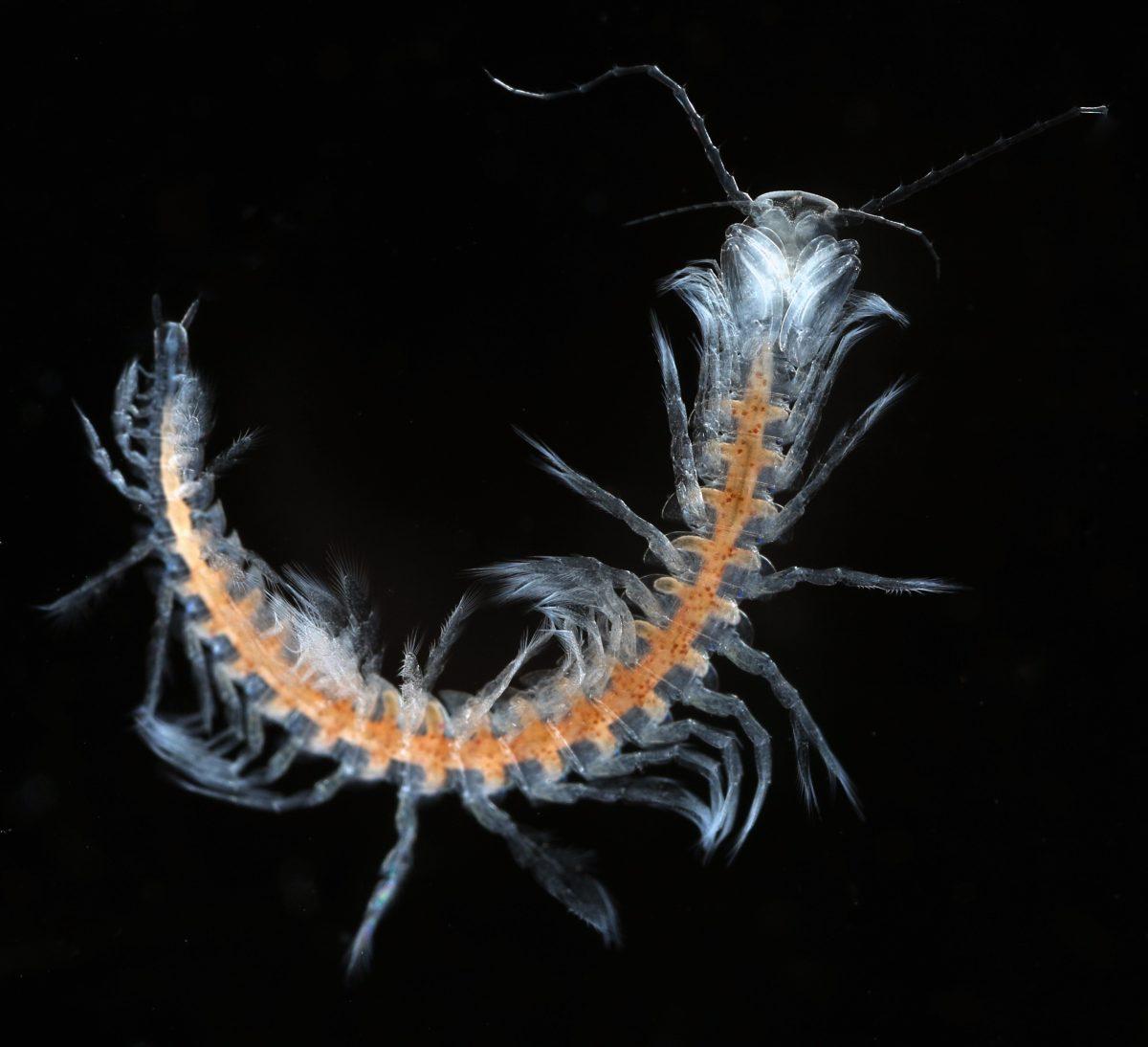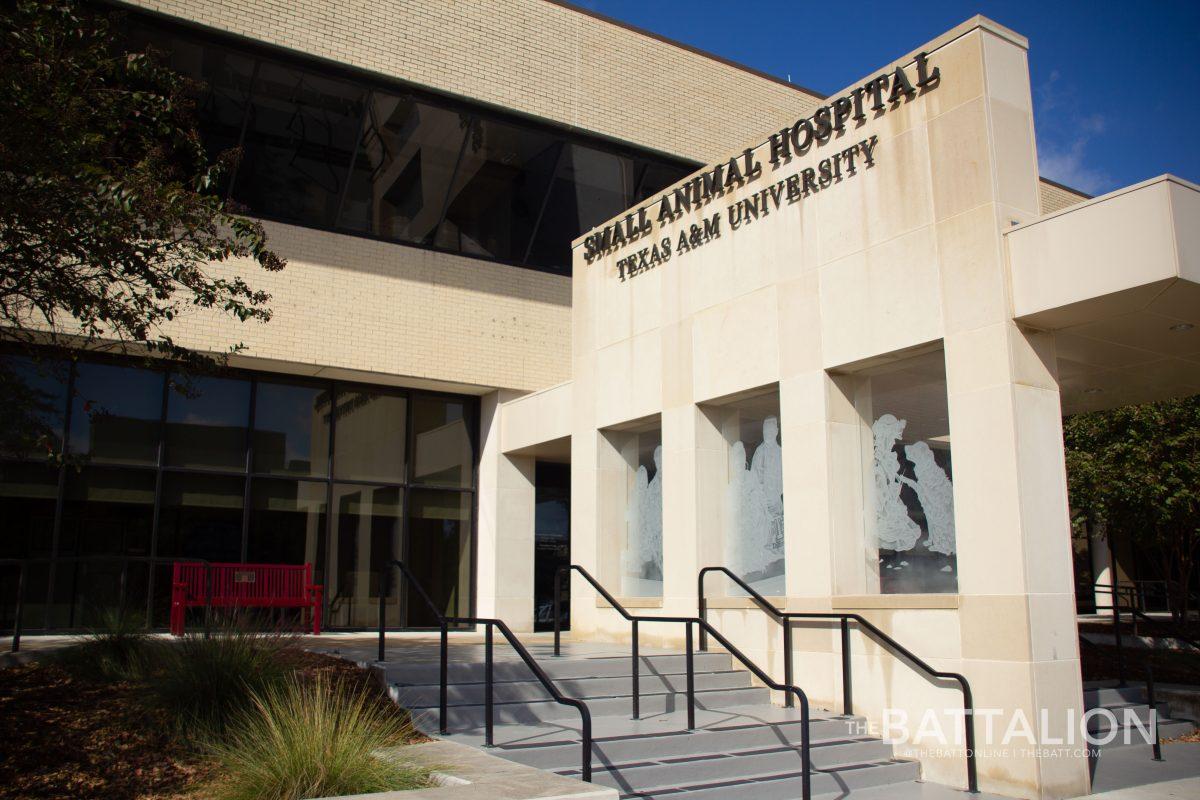Texas A&M Galveston marine biology Professor Tom Iliffe and two of his students may have discovered a new species while cave diving off of the Turks and Caicos Islands.
The organism is part of a biological class of crustaceans called Remipedia, a small collection of animals that were discovered in the 1980s. Due to their location in an underwater cave, the species is very different from any terrestrial life. Iliffe has devoted his career to underwater cave diving and discovering new species in countless locations.
There are currently 29 species of remipedes, which have been found in underwater caves in the Bahamas, Caribbean and the Canary Islands off the coast of North Africa, Iliffe said. If this species is unique from the others, their finding will bring the number up to 30.
“These are ancient relic forms that somehow survived when dinosaurs went extinct,” Iliffe said.
Lauren Ballou is a marine biology Ph.D. student in Iliffe’s lab, was part of the research team and her particular area of interest is remipedes.
“Class is a very high taxonomic grouping, so to have only 29 in a group is significant,” Ballou said. “It’s a special group. So discovering a new one is always exciting.”
The possible new species will undergo examination on both a physical and molecular level, examining the DNA or appearances to identify if it is truly a new species and what it might be more closely related to, Ballou said.
“First we have to identify what it is and how it’s related to other groups,” Ballou said. “Then based on that we can see ‘Well, is this remipede more closely related to other remipedes found in the Turks and Caicos, or is it more related to say the Bahama remipedes or remipedes from Mexico or things like that?’ So we really need to establish its relationship to other groups as well.”
Iliffe said one of the theories that could explain the dispersion of different remipedes involves the shifting of the earth’s tectonic plates. These animals could have the ability to travel through crevices and come up from the deep sea, but little is known about the deepest layer of the ocean. There is still a vast amount of research to do to find out more about their origins.
“All of this is speculation as of now,” Iliffe said. “We don’t have a lot of evidence, we don’t have a lot of material, and the whole idea is to get more information. So that’s part of the reason why we’re going out. We’re trying to understand this group better and use them as a model to figure out how dispersal of oceanic species is going on and has gone on over geologic periods of time.”
Brett Gonzalez, Class of 2005 and a postdoctoral fellow at the Smithsonian Institution, invited Iliffe on the research trip to help the team with his decades of knowledge of the islands and caves they would be working in.
“It was really just sort of luck of the draw that we found this new species in this cave,” Gonzalez said. “It had never been reported from this location or the depth we were at or anything like that.”
Gonzalez also said it is important to document the caves and what lives inside of them. These caves are threatened by vandalism and other human activities, both on land and in water, as well as the threat of climate change, Gonzalez said.
“For a place like this that has fewer caves than other Caribbean islands, the fact that we can still find new species just shows how much undocumented diversity there still is in the marine world, especially in caves,” Gonzalez said. “So that is really important, but it’s also important to document as much as we can because, in particular, caves are threatened, especially on these small islands.”
Although scientific research has essentially just begun for this species, the animals and their habitat are in danger of extinction through human effects like touristic development on land, Iliffe said.
“I view that my research is very timely and time sensitive in that I try to show the significance of the animals and the significance of this habitat so that we can show the people the importance of conservation, protection and preservation of this very fragile environment,” Iliffe said.










